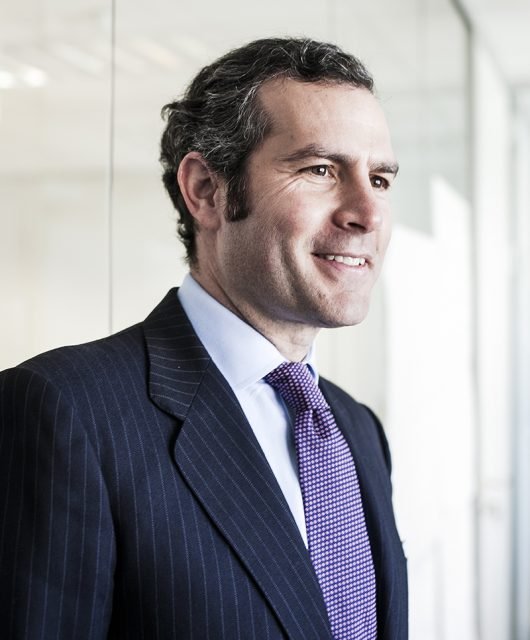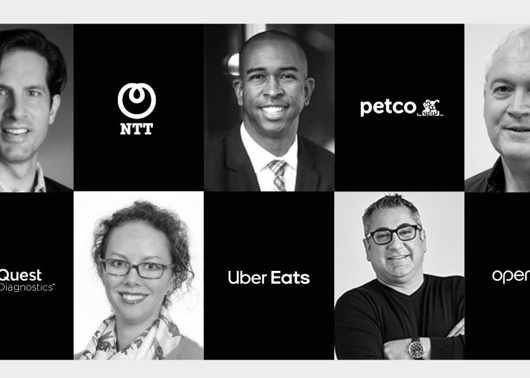The Competency-Based Talent Acquisition Model
By Nermine Mokhtar, Human Resources Director of City Edge Developments
In a time where studies show that 45% of the global population (Emarsys, 2019) have presence on social media, a strong employer brand has become as crucial as cultivating a customer facing brand. In a time where access to digital social platforms guarantees that every employee can easily have his/her voice heard, and can either become a brand ambassador representing his/her current employer or someone who is unsatisfied with their current employer, thus reflecting negatively on the brand/company.

Nowadays, brands aspire to form a more humane bond with their customers and stakeholders. Brands also aspire to build equity by showcasing the values their organization stands for, and what better way to do so than by having the employees that represent the brand to showcase those values, making the employer, brand and employees more relatable and desirable at the same time.
An employer that has their employees eager to showcase the rewards awarded to them for upholding certain values, or for being a role model, works in the benefit of the employee first, by making him/her a more valuable human resource in the market. A brand that has valuable human resources becomes rich in human capital, eventually making the employer a more attractive destination to the employee’s network on different digital platforms.
As such, the talent management process is no longer restricted to the Human Resources department; rather, all entities in the organization take part in it. Attracting and retaining talents, as challenging as it might be; is heavily affected by a company’s reputation and popularity. Employees’ presence and the extent to which they are active, on various digital platforms, has numerous effects on the talent management process: it creates awareness about the employer, but more importantly, it can widen the talent pool or work to narrow it down.
Creating a culture that enforces and propagates the organizations beliefs is currently used by multiple organizations and brands to attract talent. The first step to creating a culture that can attract talent is to set a strategy and plan to what the core cultural element to the organization is. To build a learning culture for example, the organization should begin to take steps in creating a learning experience, by rewarding people that learn, empowering them, supporting them and even appraise the employees on their development and learning. The organization should then create a medium to cascade its success properly. While employment fairs, printouts and material were popular mediums before, the more popular medium that organizations commonly use now, are digital and social platforms such as LinkedIn. Through a social media page, with enough interactions and encouragement, the employer can even have the employee propagate and spread the culture, which works as a testimonial that holds higher credibility in the eyes of potential applicants and potential employees. Applicants that are more attuned and eager to be a part of a learning culture are then attracted to the brand through their social circles and network of trusted colleagues, friends and family members.
A brand with strong equity and a network of sponsors is enough to cut through to most social circles. The brand will therefore help attract candidates without the Human Resources department using the conventional means of recruitment only.
The weight and importance of the Human Resources department is therefore related greatly to the department’s ability to create a well-suited environment, which easily develops a fostering culture that can help the organization to transcend the product or service it sells and becomes a brand with equity held in high regard by its employees. The internal equity and culture then creates a spillover affect that feeds the brand, which ultimately benefits the entire organization.
When it comes to talent management, City Edge Developments (CED) prides itself on being an extremely sought after employer, due to the sheer number of projects and how big every project is. The real challenge is to have the ability to convert the appeal into a concrete and rewarding job opportunity for applicants, and to complement that initial appeal with a culture of learning, development, and growth. The employment experience at CED is undergoing a transformation designed at its essence to develop young talents as well as experienced calibers. The transformation boiled down to two main programs: “The Graduate Program,” a cross-functional rotational training in various areas of the organization where graduates receive a great amount of support and guidance so as to develop the skills essential to be part of CED’s future leaders; “The Competency Based Talent Acquisition,” which reflects the calibers needed for the evolution of CED from just another real estate developer to The National Real Estate Developer of Egypt.





